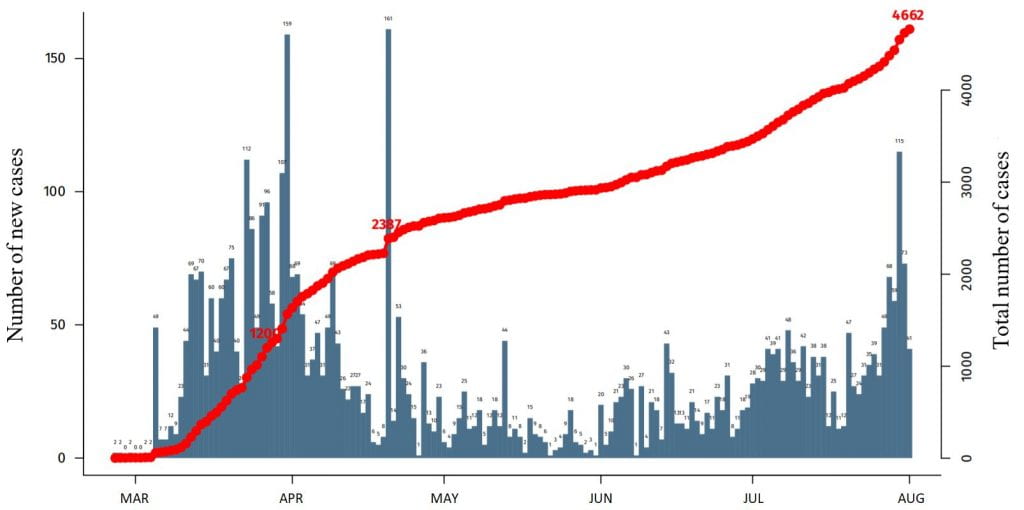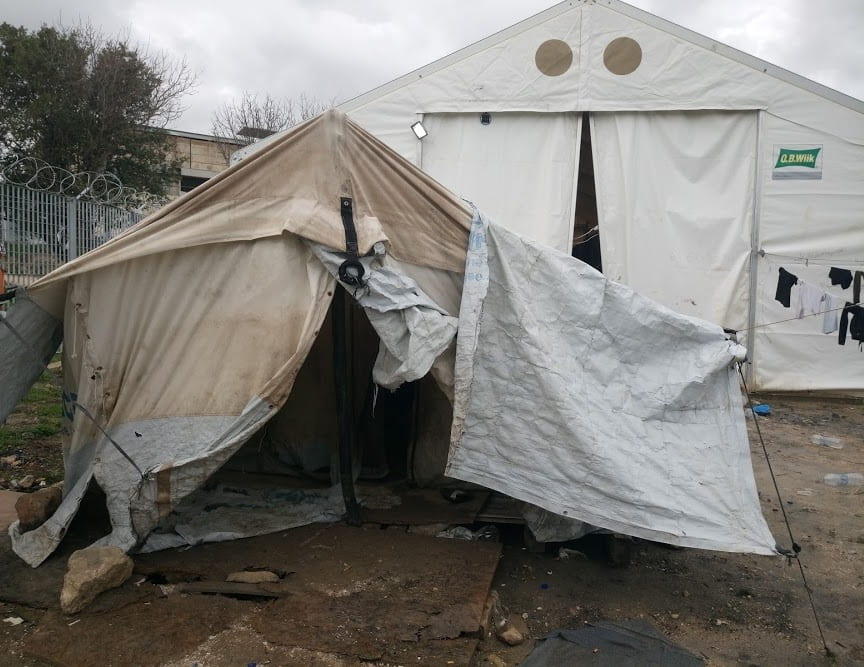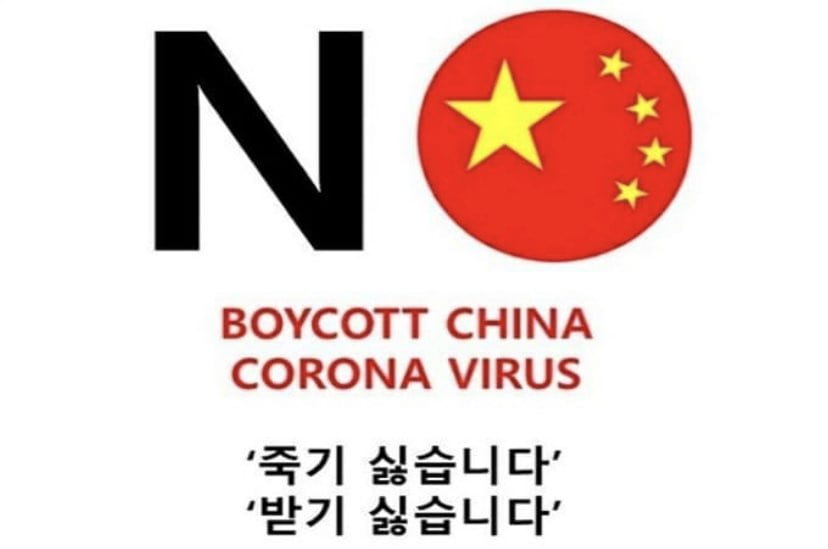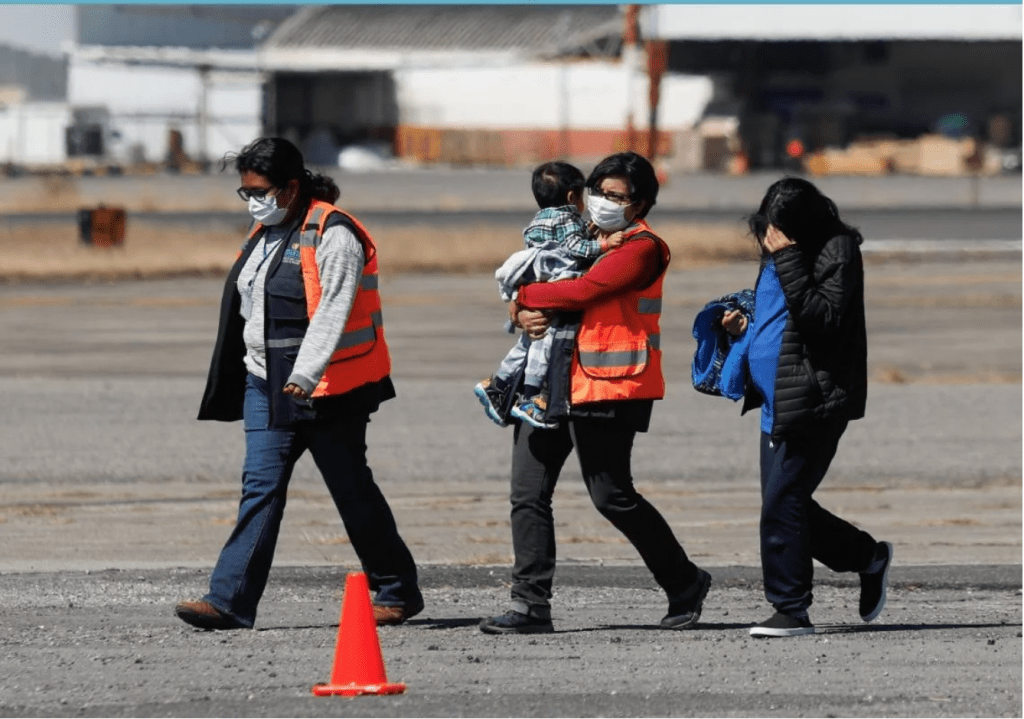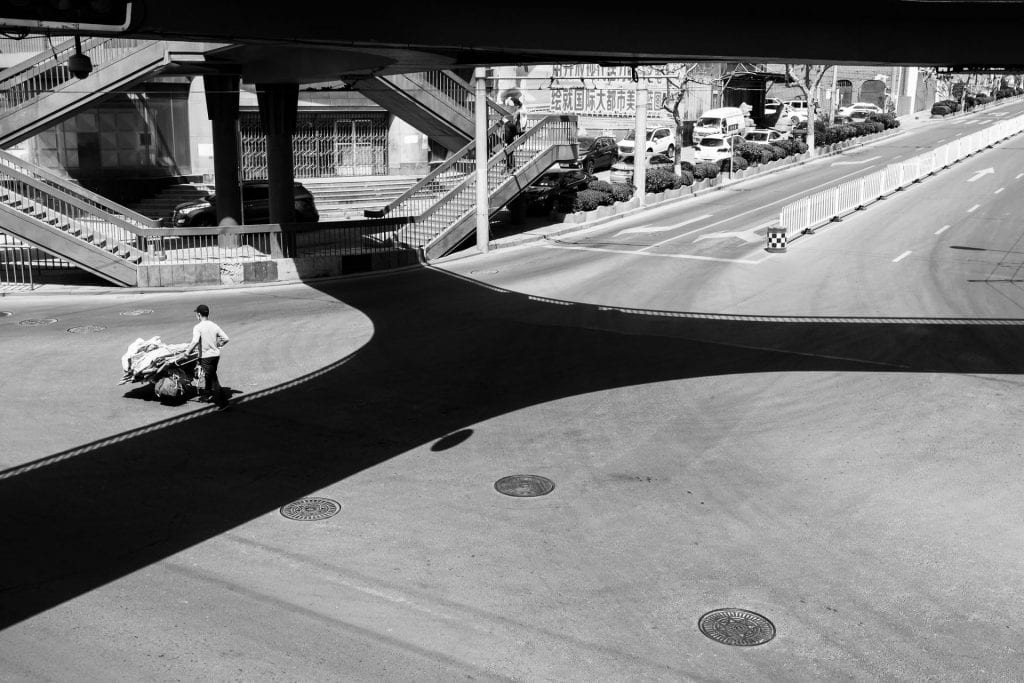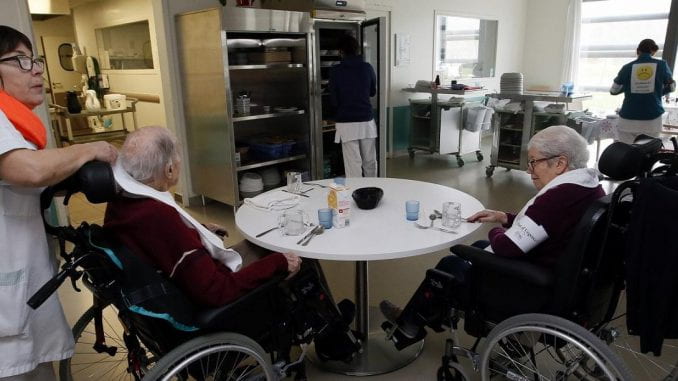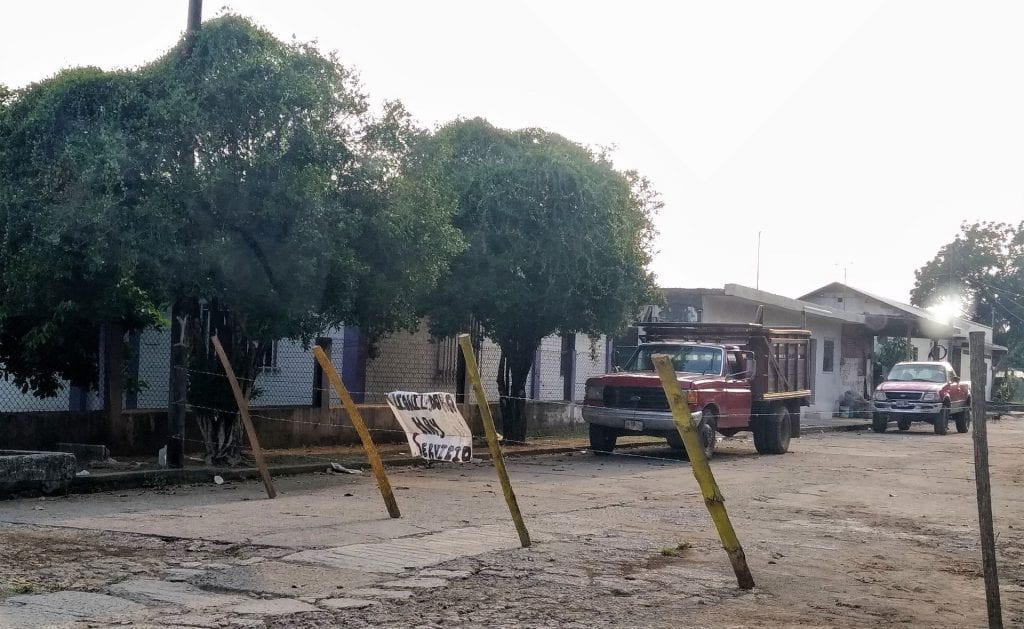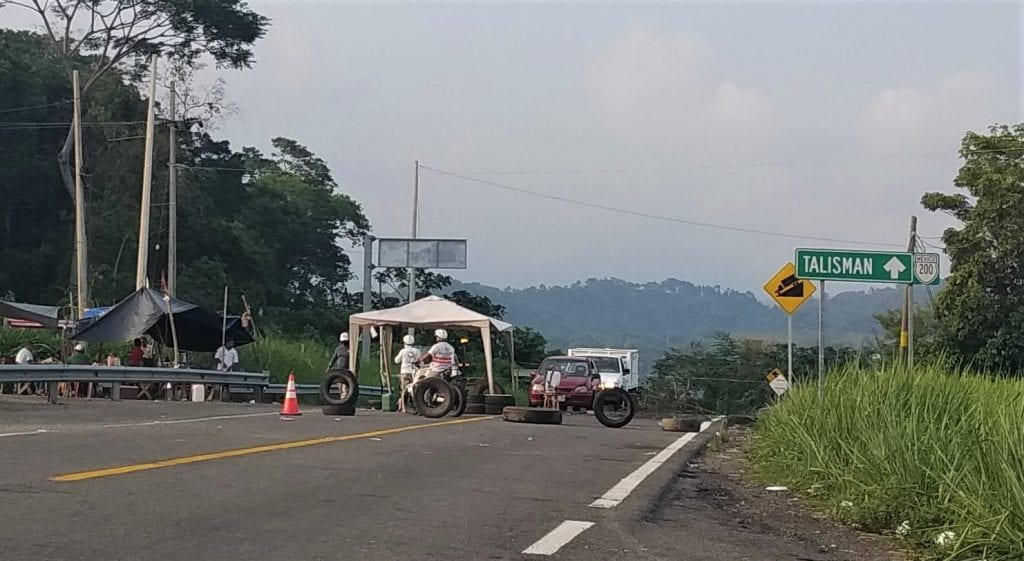Letter from Afar – the blog series about life and research in the time of COVID-19.
By Victoria Hattam.
Dispatch from Brooklyn, NY.
September 2020
COVID-19 has returned questions of migration and mobility to the centre of politics by upending the distribution of mobility privileges. Who is allowed – or required – to move is changing; many are trying to assess the consequences of such reorderings. I want to extend discussions of the virus by turning our eye from migration and mobility to movement of another kind. Under COVID-19, mobility for many has become less about getting from here to there; less about journeys of one kind or another; less about the movement of things: trade, finance capital, and cross-border production. As Shannon Mattern and others have shown, the virus is pushing the boundaries of mobility by demanding that smaller, differently located shifts be included in any assessment of virus significance. If we remain alert to the possibilities, perhaps the virus can open migration and mobility studies to somatic shifts and in so doing expand the political stakes of the present moment.
The virus has ricocheted through the somatic: distance, stance, breath, fluids, air flows, droplets, spittle have taken on new importance. There is a new awareness of the bodily everyday. What is especially interesting is the malleability of bodily actions; within weeks of hearing that the virus had arrived, and without any visual evidence that it was here, how one walked, talked, moved and stood changed. Space is now of the essence. Give a wide birth. I have been surprised at how quickly quotidian ways of being have shifted. What once seemed entrenched social forms have altered in relatively short order. If bodily actions can change so quickly, maybe habitus is not so fixed after all. Political possibilities open up as well.
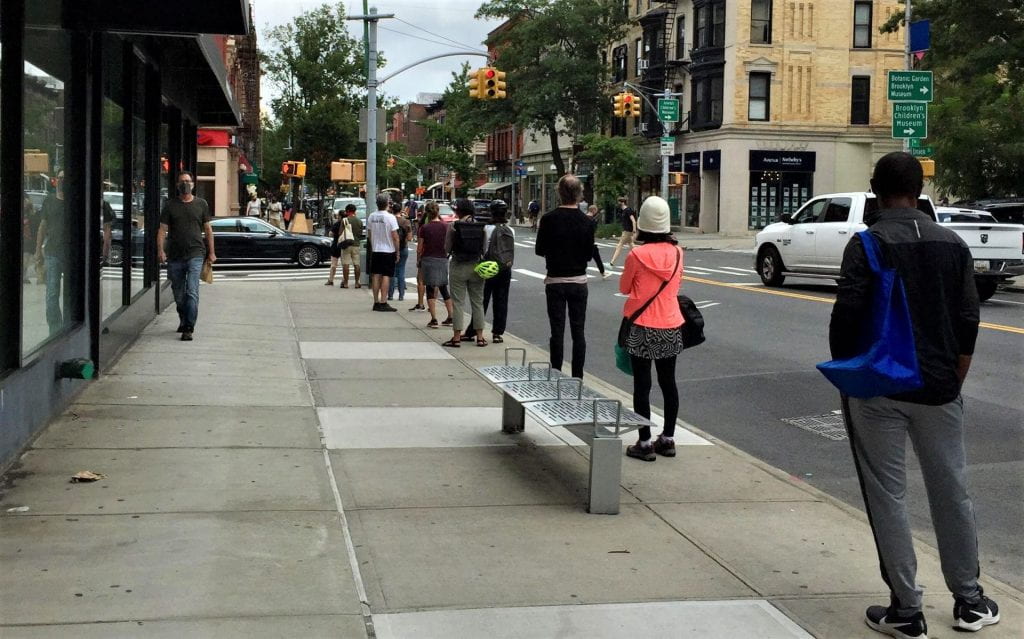
The somatic shifts underway have reminded me of Alan Kaprow’s experimental projects from the 60’s and 70’s. Fluids (1967) and Echo-ology (1975) come to mind. When I was co-teaching the ‘Political Sensorium’ with the late Ann Snitow, New York artist/researcher Robert Sember came to class and enacted one of Kaprow’s ‘Happenings’. It was a simple yet amazingly powerful action – deeply political in ways that resonate for me with the virus now.
The protocols went as follows: Everyone stands in a circle. One person has a teaspoon filled with water. The teaspoon is passed from one person to the next moving around the circle. Once the spoon has been passed all the way around, it changes direction and the spoon is passed back to the beginning. Once completed, the person left holding the spoon swallows the water. The whole action takes no more then 5-10 minutes – depending on the size of the group.
When Sember drank the water, a gasp filled the room. I understood expropriation in a way that I had not before. The visceral political. Disbelief, injustice, outrage followed. What amazed me in the Kaprow action, and what echoes now, was the speed with which I and other participants invested in the care of the water and collectively were outraged by its demise. Within the few minutes that it took to complete the action, we had identified collectively with the spoon’s contents – the careful passing of the spoon from one person to another had created a sense of affective investment in the water. The testament to the identifications generated was revealed by the shock that accompanied the arbitrary consumption of our newly created charge. A cycle of identification and resistance occurred within minutes not years.

Living in the time of COVID-19 has shifted somatic presumptions in powerful ways, changing the terrain of the bodily political.
Kaprow was certainly not the only one to push the envelope with such experimental work: John Cage, Nam June Paik, Yoko Ono, Daniel Goode, Fluxus, The Motherfuckers, the Cockettes and many others drew attention to the somatic dimensions of the political through a variety of wide ranging projects.
Many experimental works carry with them a playfulness, a sense of pleasure and lightness of being that is captivating. But often, especially with Kaprow’s Happenings, there is a multi-vocality in which matters of power, futility and loss hover in the works as well. This more somber dimension to the Happenings adds to their salience now. Cage’s playfulness and infectious smile are complicated in Kaprow’s work. Constructing the ice ‘tomb’ that is left to melt, carrying buckets of water up stream in order to tip the water back into the river cast shadows over these collective endeavours. Perhaps a sense of mourning pervades Kaprow’s water actions as they were created not long after his two-year old daughter was killed by a car near their home in Glen Head, Long Island. (But one need not resort to such individualized motives; the power of Kaprow’s events often lay in their capacity to hold possibility and difficulty together.
This other register within Kaprow’s work, the more somber, futile, shadowy elements, echo in the time of COVID-19 when the virus reveals again the deep seated racial violence that constitutes the ground of US politics: infections, deaths and unemployment numbers all are structured by zip codes. The virus has ravaged unequally, exploiting longstanding economic and racial disparities in new ways. Pope L’s street crawls come to mind. In 1991, Pope L lay prone on the street, pot plant placed on the road in front of him, pushing it along the road inch by inch for hours. The Tompkins Square Crawl, as the action is known, was one of several such crawls that enact a powerful sense endurance and struggle.
Alternatively, we might follow Jill Richards into what she calls ‘The Fury Archives’ where movement is key, but takes less teleological forms. First wave feminism was powerful in Richards’ telling not for its end point, not for the retrospective ordering provided by the securing of women’s suffrage decades later. Any such ordering foreshortens the politics as it is happening. It is the long slog of action itself, the ‘long middle’ of small scale conflict without clear end, that Richards foregrounds. That unsettled, shuttling motion resonates now. Where the somatic shifts are taking us is by no means certain.
Under COVID-19 movement has neither ended nor disappeared. It has changed. Movement has moved to the everyday somatic. The political ramifications of somatic shifts are neither natural nor inevitable. They are in good measure ours to shape.
Victoria Hattam is Professor of Politics at The New School in New York City. She is a member of the Multiple Mobilities Research Cluster and of the Transoceanic Mobilities Network. Her current research focuses on US-Mexico border politics and the global political economy. For a recent writing see ‘Race Walls,’ in The Funambulist 31 (September–October 2020).
Please share this post.


